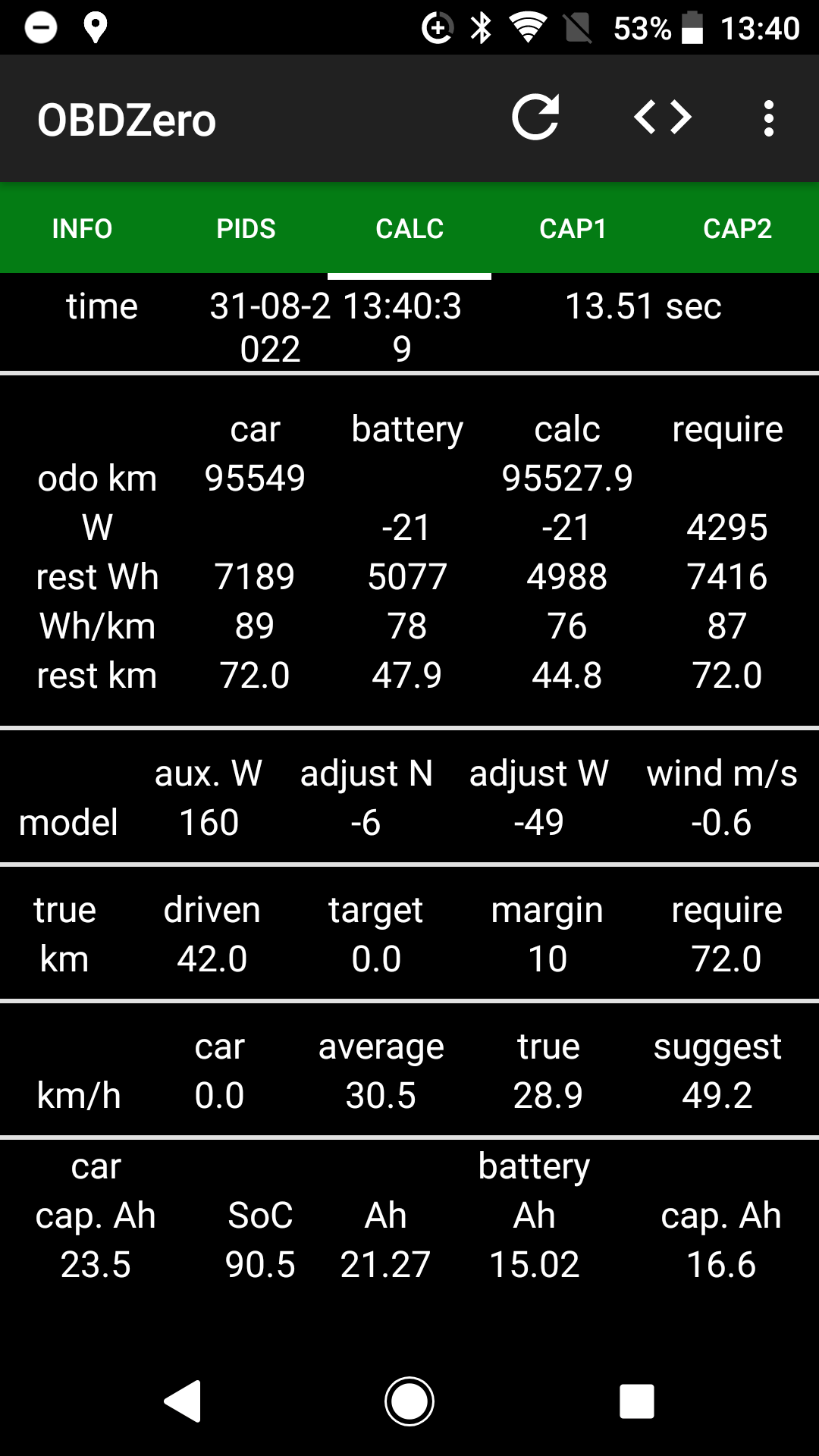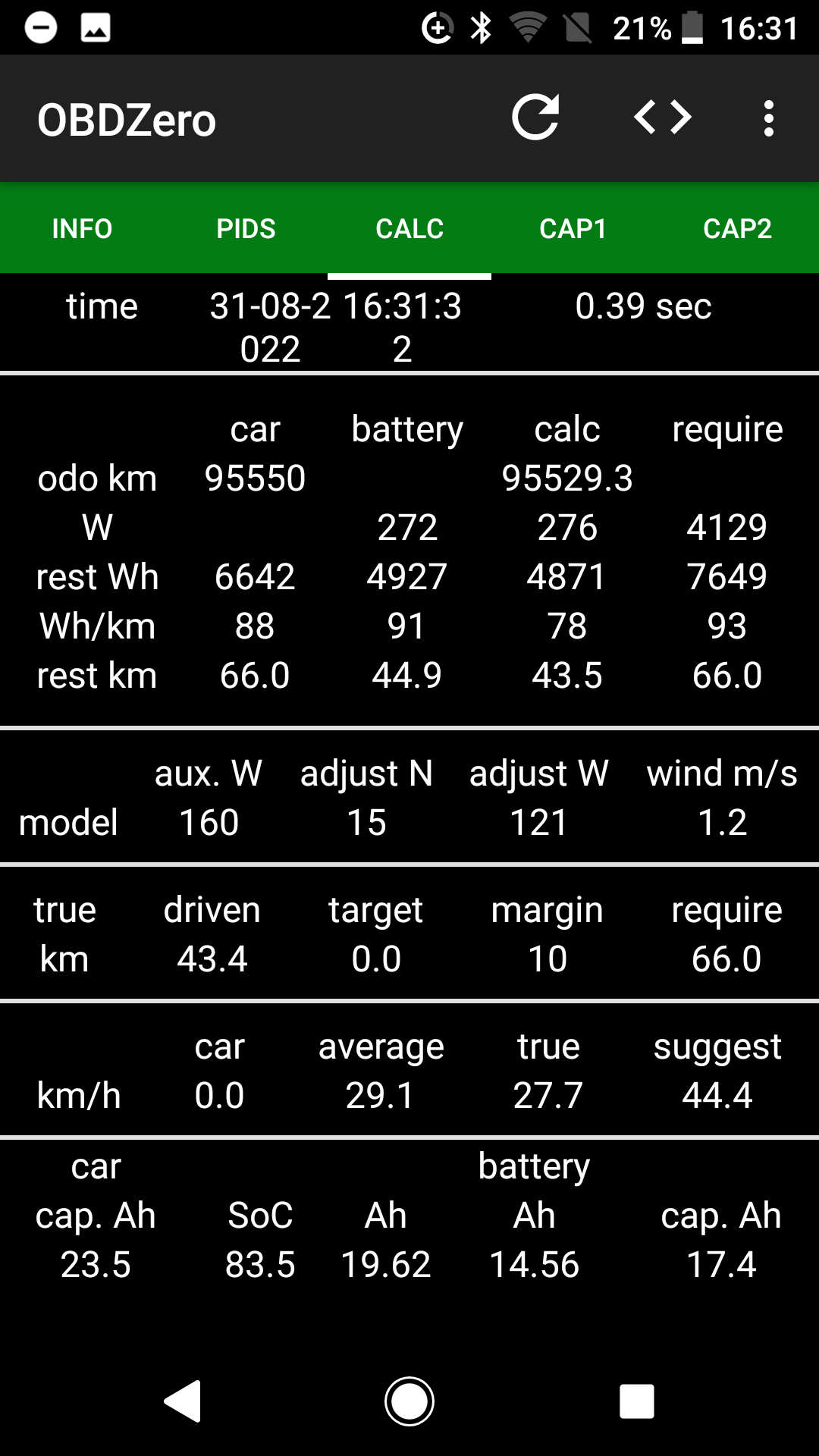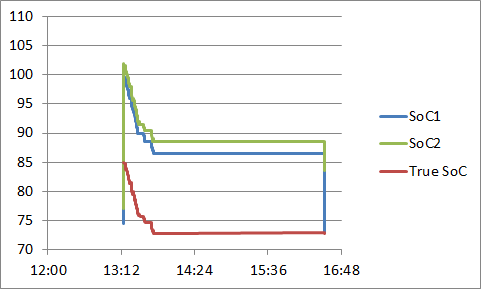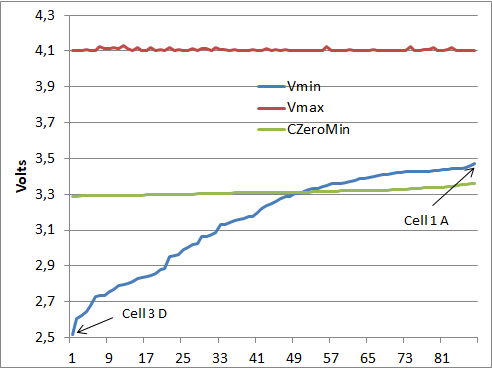So I don't know if this is just a side effect of my very tired battery (24 Ah, or around 50% SoH), but I've found my SoC to be very unstable above 70%. Here's what I'm seeing recently:
- Charge to 100% on level 2 (RR @ 80~90km depending on the driving style)
- Drive around 10km back home from a charging station, RR @ 70km, 90% SoC (I rent, so charging at home involves running a cable out the window...)
- Come back to the car after a couple of hours to find the RR has gone down around 6-7km, with the battery gauge also losing a bar - I can literally see the bar disappear right before my eyes! SoC has also dropped 7-8%. This happens even after just 5~10 mins parked up, so it doesn't seem to be parasitic drain.
Going below 70% the battery gauge/RR behaves as expected.
Has anyone else experienced anything like this?
I have charged to 100% then driven longer distances (30~40km), but when I do that the meter doesn't seem to drop as quickly for some reason.
This in addition to the battery degradation gives me a real-world range of maybe 60km which means charging at any possible chance...
I do a lot of short trips so if not for this it would be perfect for my needs, but at this rate I may have to say goodbye to this one and look for another with a healthier battery
- Charge to 100% on level 2 (RR @ 80~90km depending on the driving style)
- Drive around 10km back home from a charging station, RR @ 70km, 90% SoC (I rent, so charging at home involves running a cable out the window...)
- Come back to the car after a couple of hours to find the RR has gone down around 6-7km, with the battery gauge also losing a bar - I can literally see the bar disappear right before my eyes! SoC has also dropped 7-8%. This happens even after just 5~10 mins parked up, so it doesn't seem to be parasitic drain.
Going below 70% the battery gauge/RR behaves as expected.
Has anyone else experienced anything like this?
I have charged to 100% then driven longer distances (30~40km), but when I do that the meter doesn't seem to drop as quickly for some reason.
This in addition to the battery degradation gives me a real-world range of maybe 60km which means charging at any possible chance...
I do a lot of short trips so if not for this it would be perfect for my needs, but at this rate I may have to say goodbye to this one and look for another with a healthier battery




























